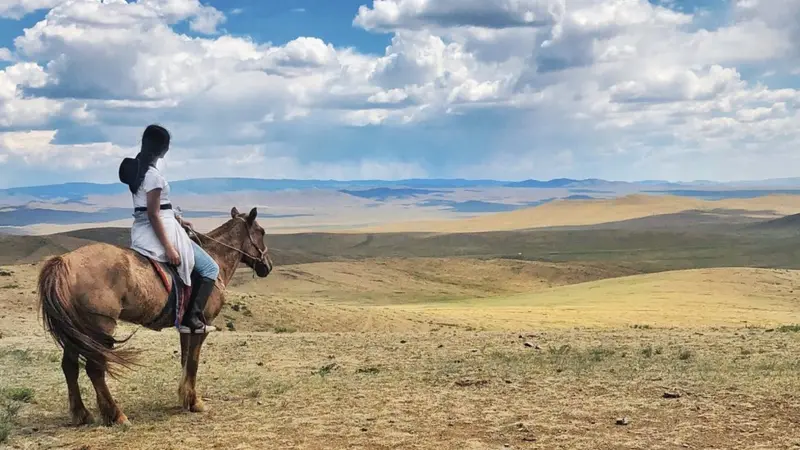Cynthia D. Ritchie is an American filmmaker, analyst, and social media campaigner who has been living in Pakistan since 2010. She is known for her activities on social media to uplift the image of Pakistan and has also been involved in various controversies. Her background includes: Graduating fromاقرأ المزيد
Cynthia D. Ritchie is an American filmmaker, analyst, and social media campaigner who has been living in Pakistan since 2010. She is known for her activities on social media to uplift the image of Pakistan and has also been involved in various controversies.
Her background includes:
- Graduating from Louisiana State University with a Master’s degree in education.
- Additional graduate-level training at the University of Houston’s School of Law, Pepperdine University, and George Washington University in mass communication, criminal justice, conflict resolution, clinical, and behavioral studies.
In Pakistan, she has engaged in various activities:
- Promoting Tourism: Since about 2015, she actively promoted tourism to Pakistan through broadcast and social media.
- Filmmaking and Analysis: She describes herself as an “American freelance director, producer, and writer.” She has been involved in film projects in collaboration with Inter-Services Public Relations (ISPR), the media wing of Pakistan’s armed forces, and the Khyber Pakhtunkhwa government.
- Research and Analysis: Between 2016–2020, she researched and analyzed topics related to the Afghan-Pakistan Tribal region, fifth-generation warfare, Kashmir conflicts, and Pakistan–India relations. She has also attended policing and security conferences about Pakistan and regional conflicts.
- Work in Health Sector: She worked to improve communications in Pakistan’s health sector and also worked for institutions owned or managed by US-based Pakistani doctors. In 2011, she worked for the Khyber Pakhtunkhwa province’s health ministry, which collected samples from Abbottabad.
- Social Media Campaigning: She is known for her social media presence and has gained a large following. Her content often focuses on the culture and people of Pakistan.
Cynthia Ritchie has been at the center of several controversies in Pakistan. These include:
- Allegations of sexual misconduct: In June 2020, she accused former Interior Minister Rehman Malik of rape and former Prime Minister Yousaf Raza Gilani, and another politician, of sexual misconduct, dating back to 2011. These politicians have denied the allegations.
- Comments about Benazir Bhutto: She also made comments on social media regarding late former Prime Minister Benazir Bhutto, which led to outrage and legal complaints from the Pakistan People’s Party (PPP).
- Claims of affiliation with military: She has claimed to be working with the military and security services to investigate “anti-state” links, though no formal confirmation or denial has been issued by the military.
- Questions about her presence and activities: Her continued presence and access to certain areas in Pakistan, given her activities, have raised questions among some observers.






The #MeToo movement has already reached Pakistan and has been a topic of public discussion for several years. It gained significant attention, particularly in 2018, when Pakistani singer Meesha Shafi publicly accused Ali Zafar, another prominent singer, of sexual harassment. However, the impact of #اقرأ المزيد
The #MeToo movement has already reached Pakistan and has been a topic of public discussion for several years. It gained significant attention, particularly in 2018, when Pakistani singer Meesha Shafi publicly accused Ali Zafar, another prominent singer, of sexual harassment.
However, the impact of #MeToo in Pakistan has been complex and met with mixed responses due to deeply rooted patriarchal societal norms and institutional challenges. Here’s a summary of its status and challenges:
Impact and Discussion:
Challenges and Mixed Responses:
In conclusion, #MeToo is not something that “will reach” Pakistan; it is already there and has been for several years. However, its trajectory is challenging, facing significant pushback and systemic obstacles in a deeply conservative and patriarchal society. While it has sparked crucial conversations and empowered some individuals to speak out, achieving widespread, sustained change and full societal acceptance for its goals remains an ongoing struggle.

قراءة أقل